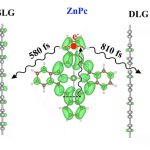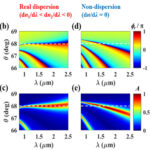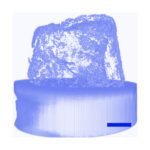Tag Archives:graphene
Layer-dependent fast electron transfer at the Zn-phthalocyanine-few-layer graphene interface: theory explains

The photo-induced effective interfacial charge separation in Zn phthalocyanine/few-layer graphene heterojunctions has been a promising observation for fabrication of efficient energy-conversion devices. Few-layer graphene are two-dimensional (2D) systems composed of one-atom-thick honeycomb layers of sp2 -hybridized carbon




















